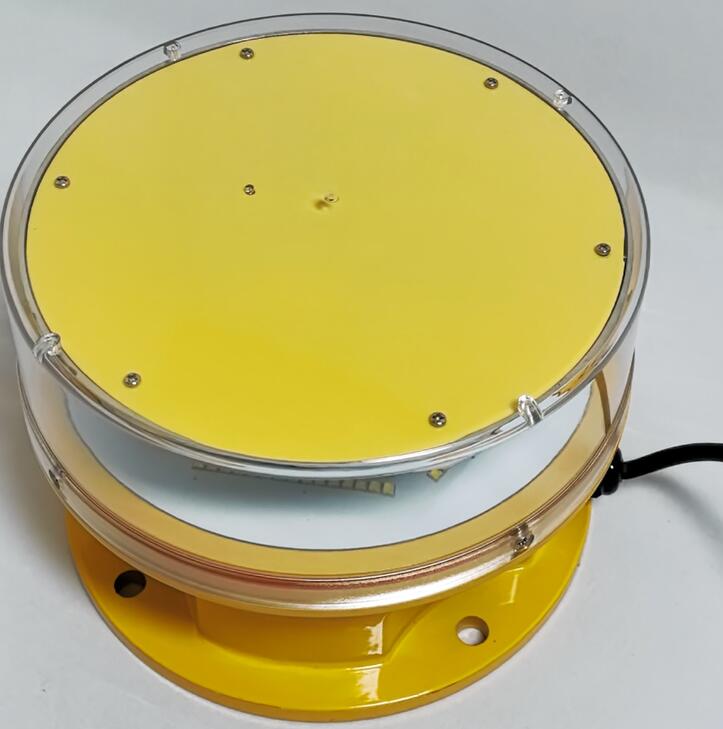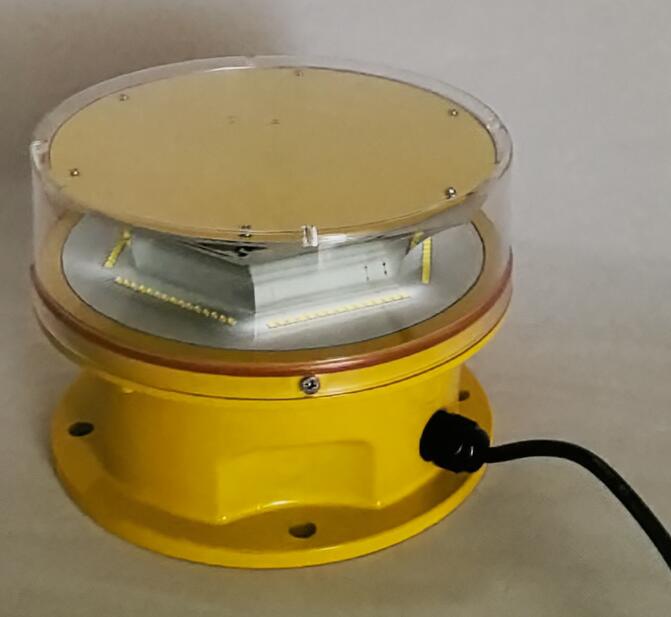
Obstruction lighting plays a crucial role in aviation safety, and FAA obstruction lighting, in particular, is subject to strict regulations and standards to safeguard the integrity of the airspace. This article delves into the significance, requirements, and applications of FAA obstruction lighting.
The Federal Aviation Administration (FAA) is responsible for regulating and overseeing all aspects of civil aviation in the United States. One of the key areas of focus is ensuring that structures and objects that could pose a hazard to aircraft are properly marked and illuminated. FAA obstruction lighting is designed to make these potential obstructions visible to pilots, especially during low visibility conditions or at night.

Why is FAA obstruction lighting so important? Consider the vast expanse of airspace and the speed at which aircraft travel. Even a relatively small structure, such as a tall tower or a wind turbine, can present a significant risk if not properly identified. Without adequate lighting, pilots might not be able to detect these obstructions in time, leading to potential collisions and catastrophic accidents.
567
312
667
tg
tgf
56t
The FAA has established detailed specifications for obstruction lighting based on the height, location, and type of the structure. For example, taller structures typically require more intense and visible lighting, and the color and flashing patterns may also vary depending on the specific circumstances. Red lights are commonly used for obstructions, as they are highly visible and distinct in the aviation environment.

Different types of structures require different types of FAA obstruction lighting systems. Buildings, towers, and bridges may have fixed lights installed at strategic points, while wind turbines often feature flashing lights to enhance visibility. The lighting systems must be reliable and durable, capable of withstanding various weather conditions and operating consistently over long periods of time.
Maintenance of FAA obstruction lighting is not a task to be taken lightly. Regular inspections are necessary to ensure that all lights are functioning properly. Malfunctioning or dim lights can compromise aviation safety and result in violations of FAA regulations. Additionally, advancements in technology are constantly improving the efficiency and effectiveness of obstruction lighting, such as the use of LED lights that consume less energy and have a longer lifespan.
Case studies have demonstrated the critical importance of proper FAA obstruction lighting. In one incident, a poorly illuminated tower led to a near-miss situation, highlighting the need for strict adherence to lighting standards. On the other hand, successful implementations of effective obstruction lighting have prevented numerous potential accidents and ensured the smooth flow of air traffic.
In conclusion, FAA obstruction lighting is an essential component of aviation safety. It serves as a visual warning to pilots, allowing them to navigate safely through the airspace and avoid potential hazards. Adhering to FAA regulations and maintaining these lighting systems in top condition is of paramount importance to protect the lives of passengers and crew, as well as the integrity of the aviation industry as a whole.
The future of FAA obstruction lighting is likely to see continued technological innovations and more stringent safety measures to keep pace with the increasing demands of modern aviation. As we look forward, it is crucial that all stakeholders, from aviation authorities to infrastructure owners, remain committed to upholding the highest standards of obstruction lighting to ensure the skies remain safe for all.